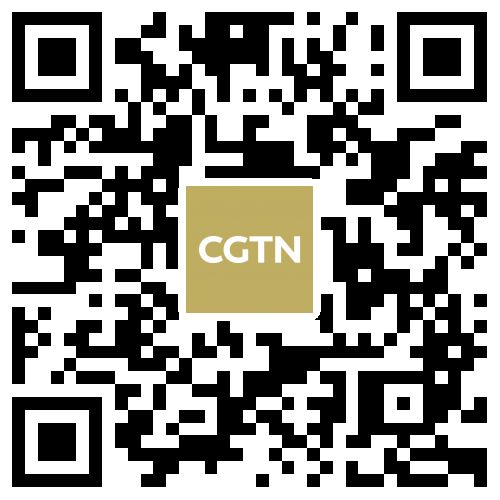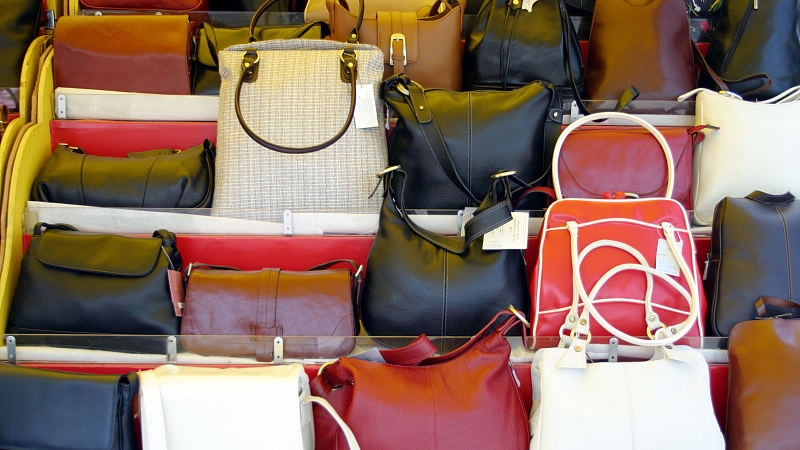
Tech & Sci
09:07, 28-Jan-2018
Danish scientists patent new technique to combat counterfeit goods

Researchers at the University of Copenhagen have developed one of the world's most secure marking systems for combating pirated goods, using a combination of colored sand grains with rare earth.
A study, published by the Science Advances on Friday, develops a system that researchers call "the safest in the world" when it comes to clamping down on all types of pirate manufacturing.
"The probability of two products having the same 'fingerprints' is so minuscule, that in practice, it can only be described as non-existent," said the team leader Thomas Just Sorensen. "It corresponds to a one out of an enormous number composed of a six followed by 104 zeros."
Researchers commingled three tubs of sand grains, each of which is added with three rare piles of the earth - europium, terbium and dysprosium and pulls a part of them to attach those commingled grains to products.

Researchers at the University of Copenhagen have developed an optical fingerprint that can be affixed to all products and used to guarantee authenticity. /Photo via phys.org
Researchers at the University of Copenhagen have developed an optical fingerprint that can be affixed to all products and used to guarantee authenticity. /Photo via phys.org
Since each rare earth lights up when exposed to a specific wavelength of light, so those combinations are unique. Measuring only a few millimeters, they can be impregnated into leather, embedded into glass or milled into metal, the study shows.
Then, producers can take pictures of the imprints at individual wavelengths and store them in a database. When a customer would like to know whether a product is genuine or not, its scanned image can be compared with that in the database.
Researchers estimate that the cost of marking products will be modest, but additional expenses from the data systems have yet to be fully estimated.
Source(s): Xinhua News Agency

SITEMAP
Copyright © 2018 CGTN. Beijing ICP prepared NO.16065310-3
Copyright © 2018 CGTN. Beijing ICP prepared NO.16065310-3